Noticia
Students presented the first radiological map of Cuenca in an international symposium
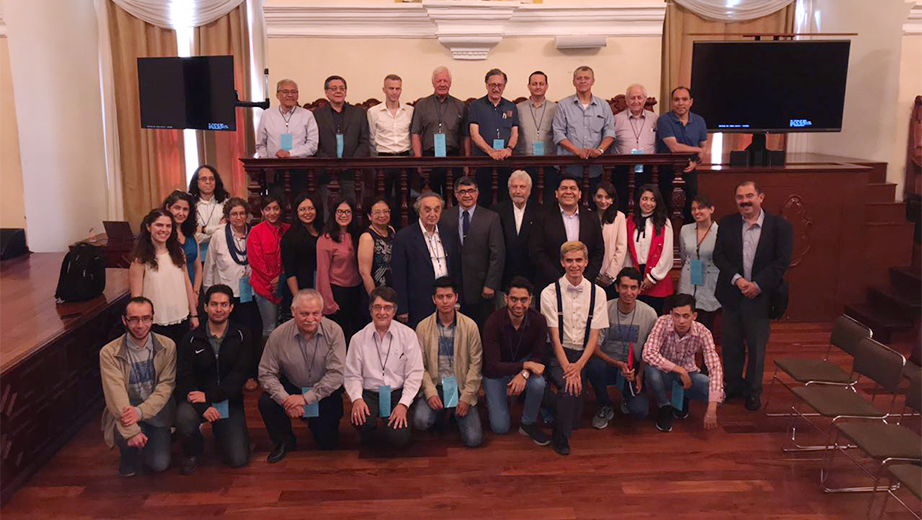
Students from the Biotechnology and Environment Research Group (INBIAM for its acronym in Spanish Grupo De Investigación en Biotecnología y Ambiente (INBIAM)) took part in the 14th International Symposium on Radiation Physics 2018 which is organized by Universidad Benemerita Autonoma de Puebla (BUAP) and Universidad Nacional Autonoma de Mexico (UNAM). The students presented their research project titled "Radiological risk due to radon in early education centers of the rural and urban areas of Cuenca – Ecuador."
María José Bermeo and Bruno Castillo, from the Environmental Engineering undergraduate program, said that it is the first radiological map of the city of Cuenca and explained that the research is based on the measurement of radon concentrations (chemical element belonging to the group of the noble gases) in 50 educational institutions of the urban and rural area of the city which was carried out with the use of solid detectors of nuclear traces (DSTN) LR-115 type II, with monitoring of a period of 30 days. The lowest concentration was 6.15 Bq / m3 in an educational center located in the parish of Santa Ana and the highest concentration was 47.16 Bq / m3l, in the parish of Turi. The effective annual dose, the alpha index and the increased risk of cancer for life (ELCR) were calculated, the result was that the radiological risk is comparable to the global average values.
International organizations like EPA, WHO, ICRP, CSN, OIEA, PAHO and others coincide that radon is a carcinogen; many technologically advanced countries such as Canada, USA and almost all European countries have started programs to determine the levels of radon in households and schools.
The symposium is held every year with the participation of speakers from 10 different countries, this was the XIV edition and the first time Ecuadorian speakers attended. "The experience of carrying out projects of scientific importance, the reward of being able to present them in national and international events and publish them is a great stimulus", said Tony Viloria, a researcher and professor of Environmental Engineering.
Contenidos Relacionados
Contenidos Relacionados
Noticias Relacionadas
Noticias Relacionadas

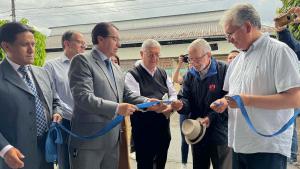
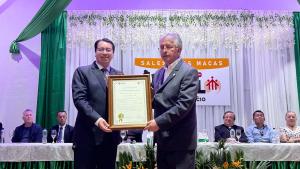
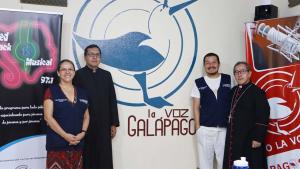
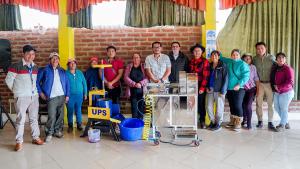
Follow us
Follow us